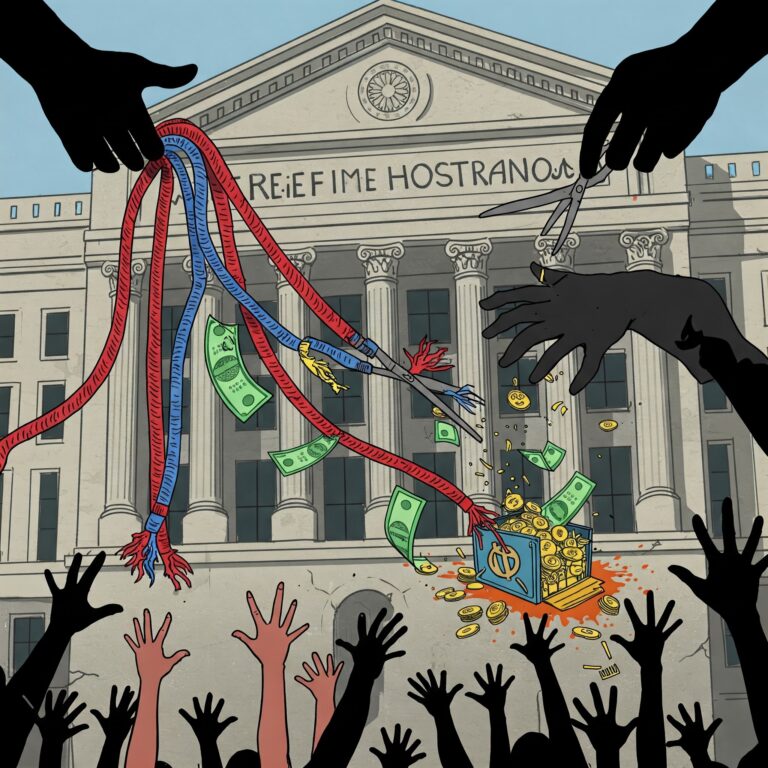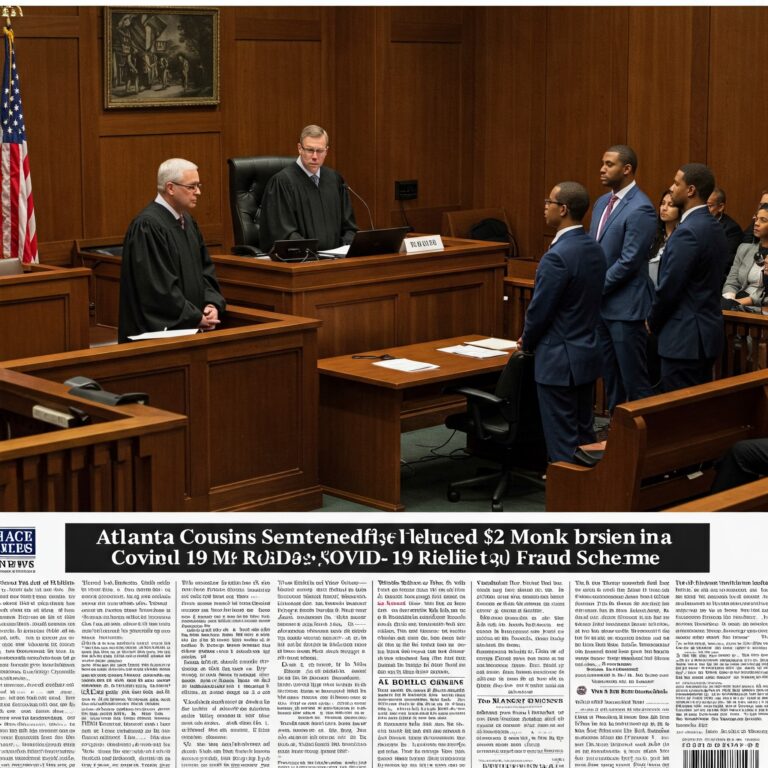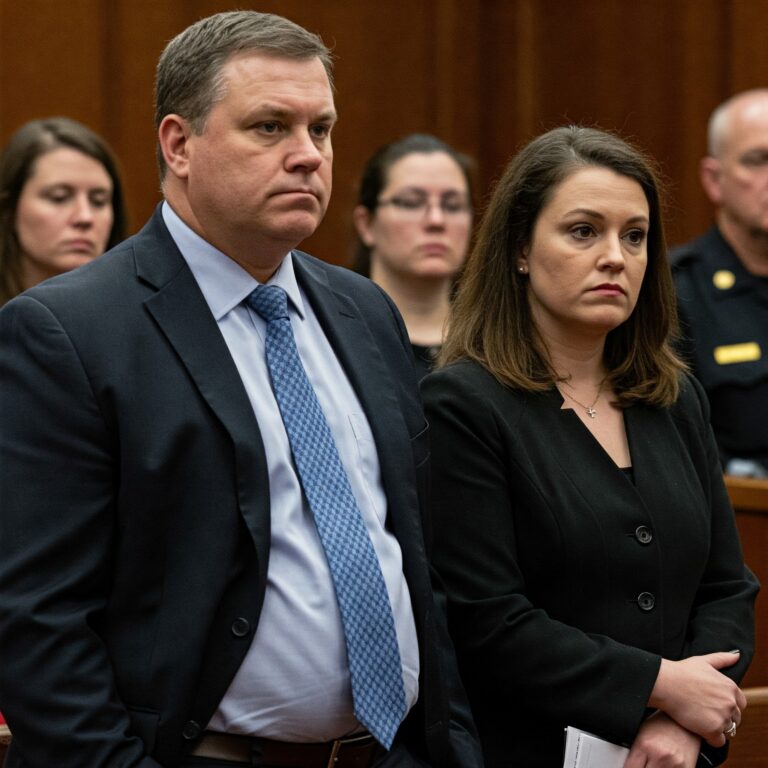Exploited Lifelines: Anatomy of a Multi-Million Dollar Pandemic Relief Fraud – The Fayetteville Case
1. Introduction: Anatomy of a Pandemic Fraud – The Fayetteville Case In a Fayetteville, Arkansas federal courtroom, the carefully…

1. Introduction: Anatomy of a Pandemic Fraud – The Fayetteville Case In a Fayetteville, Arkansas federal courtroom, the carefully…

The COVID-19 pandemic brought unprecedented economic challenges, prompting the US government to launch massive relief programs like the Paycheck…

Atlanta, GA – In a stark reminder of the pervasive fraud that plagued COVID-19 relief programs, two Georgia men,…

The COVID-19 pandemic brought unprecedented challenges, not just in terms of public health but also in economic stability. To…